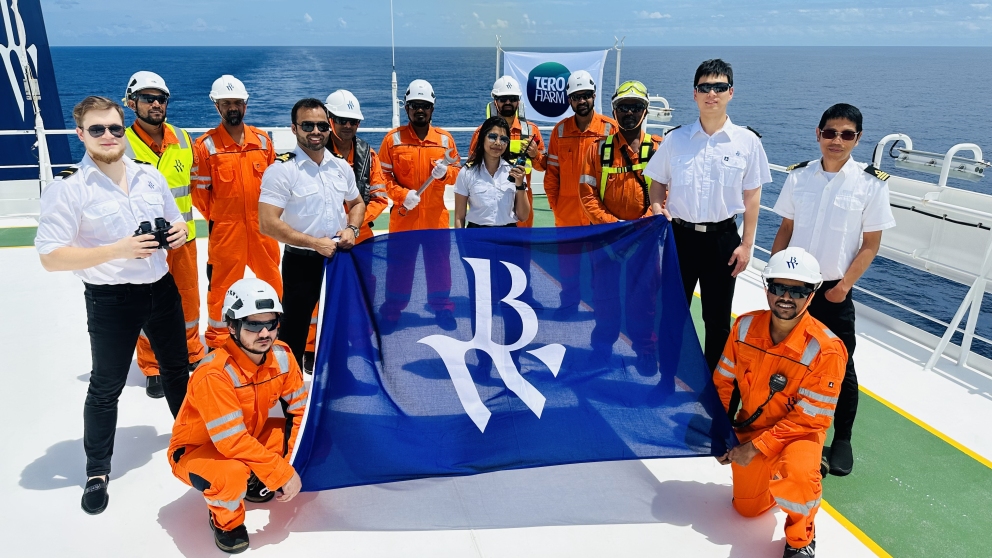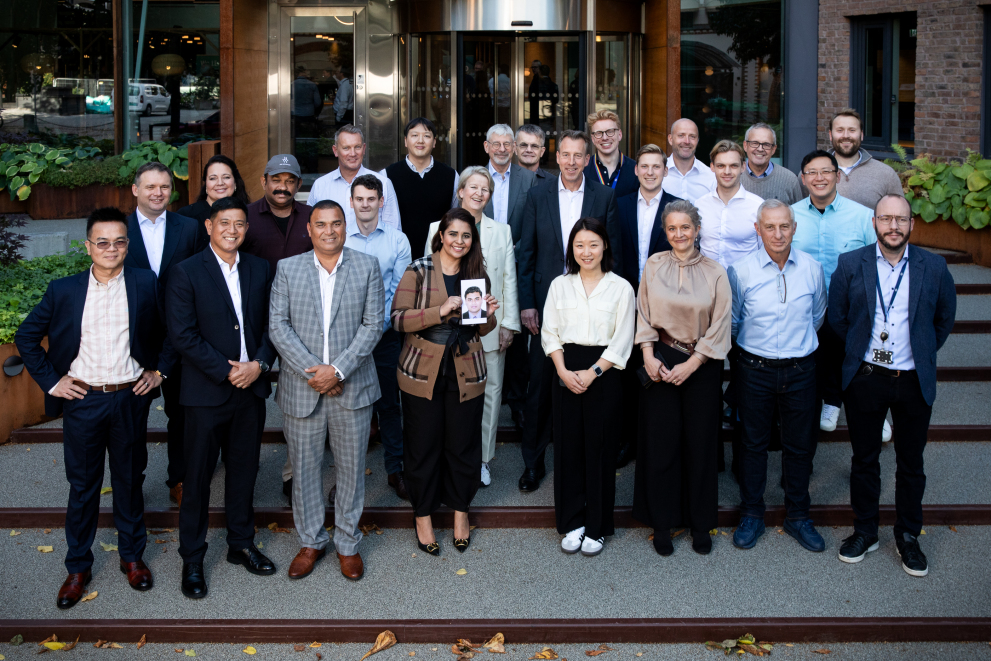Safety and strong ethics are at the top of our agenda. BW commits to taking personal responsibility for safety, communicating safety concerns, actively sharing best practices and learning from near-miss incidents.

Safety is at the top of our agenda
BW is committed to a safe working environment. We do this through a culture of constant communication, active sharing of best practices, learning from near-miss incidents and numerous other safety tools and processes.
BW has a holistic approach to Health, Safety, Security, Environment, and Quality (HSSEQ) across our operations. We aim to ensure that every employee, both onshore and at sea, can work in the safest work environment possible. An example is our Health, Safety and Environment Policy, a directive that embodies our work activities. Tools like this create BW’s Zero Harm safety culture. We recognise that Zero Harm is a journey and put new initiatives in place every year.
Safer Together Campaign
In 2023, we launched the Safer Together campaign, setting the course for how we work towards our safety vision of Zero Harm. Safer Together highlights a different topic every quarter, leveraging well-known safety activities for reflective learning and deeper engagement. The four topics covered were teamwork and leadership, care for people, dealing with risk, and people make mistakes.
Since our Zero Harm programme was introduced in 2013, our overall safety statistics indicate these efforts have been effective and impactful. On the privately held side of the Group, BW LNG’s Lost Time Injury Frequency Rate (LTIFR) was 0.42 (2022: 0.14), with three Lost Time Injuries. Although our incident statistics show a positive downward trend in many group companies, there is always work to be done.
Emergency preparedness
Even as we focus on prevention, we remain committed to emergency response preparedness. In collaboration with external stakeholders such as our Qualified Individuals (QI), P&I Clubs and a crisis communications agency, we conduct regular drills to stress-test our processes, train crew and colleagues, and refine our response as a team. In 2023, we conducted several drills with scenarios of loss of propulsion / steering, grounding, collision, oil spills, explosion / fire, heavy media attention, serious personal injury, suspicious craft (piracy), and business continuity.
Safety culture
Through their We LEAD Culture Programme, BW Offshore fosters a strong culture aligned with their corporate values, and the company records all incidents to apply a ‘learning from failures’ approach to continuous improvement at all levels. In October 2023, BW Offshore celebrated its second We LEAD Day, honouring excellence in all operational areas and inviting quarterly award winners to join a company-wide celebration. Through this initiative, which includes local events and reflection on their commitment to continuous learning, BW Offshore remains dedicated to advancing a culture of excellence, safety, and sustainability.

Stop Work Policy
BW Offshore gives all employees the explicit authority to stop any actions they think are unsafe and/or they are unsure about, and to initiate a process to define and clarify their concerns without any repercussions or questions. The Stop Work policy is endorsed by the CEO and conveys the expectation that everyone has the right to stop work without consequence. A safety observation card system is used at all work locations, offshore and onshore, where observations can be made anonymously. A Speak Up channel is also available for all internal and external stakeholders, for concerns to be raised anonymously.